Photographed in six of China’s largest cities, Lange’s latest publication imagines a futuristic metropolis, haunted by its past
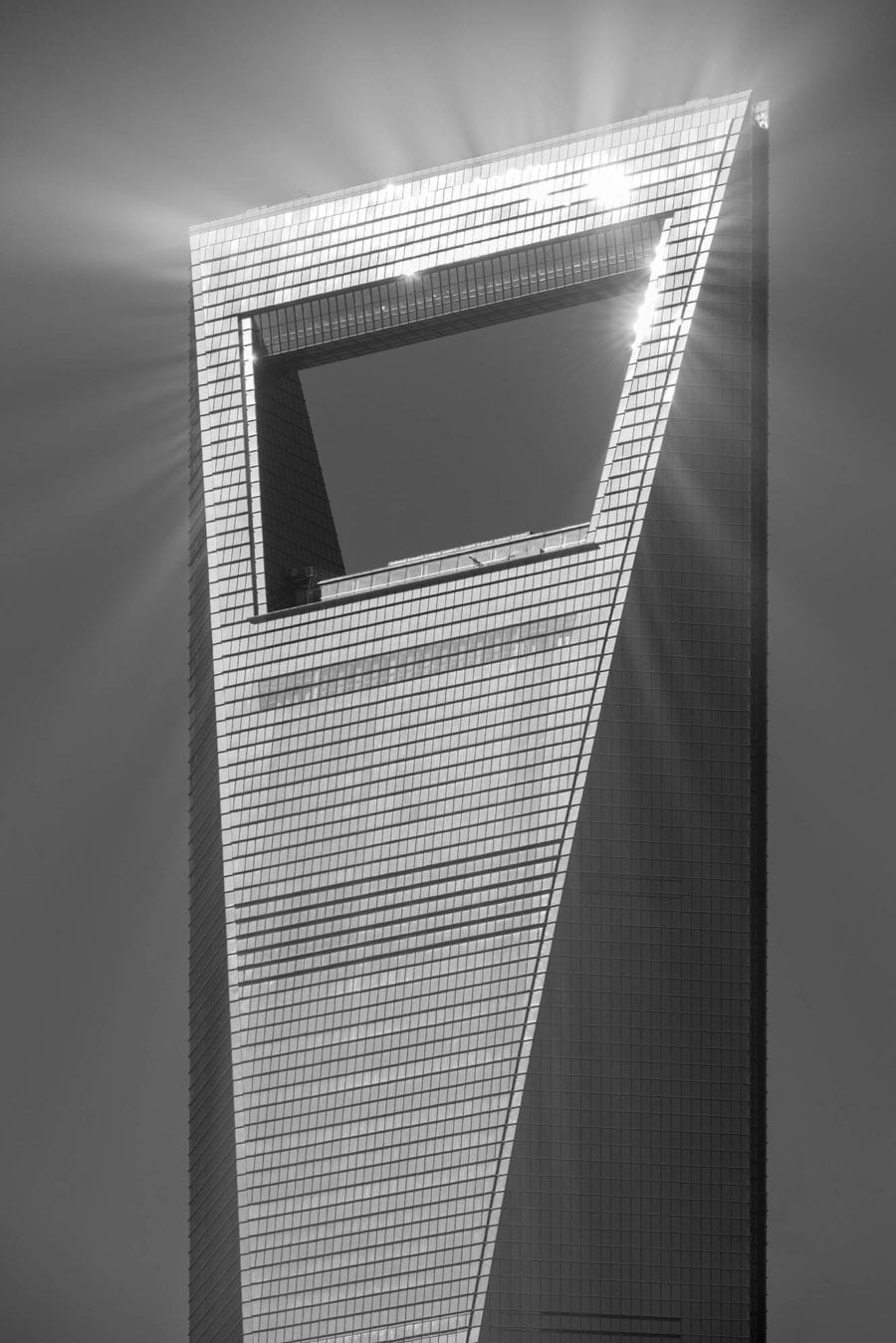

Photographed in six of China’s largest cities, Lange’s latest publication imagines a futuristic metropolis, haunted by its past
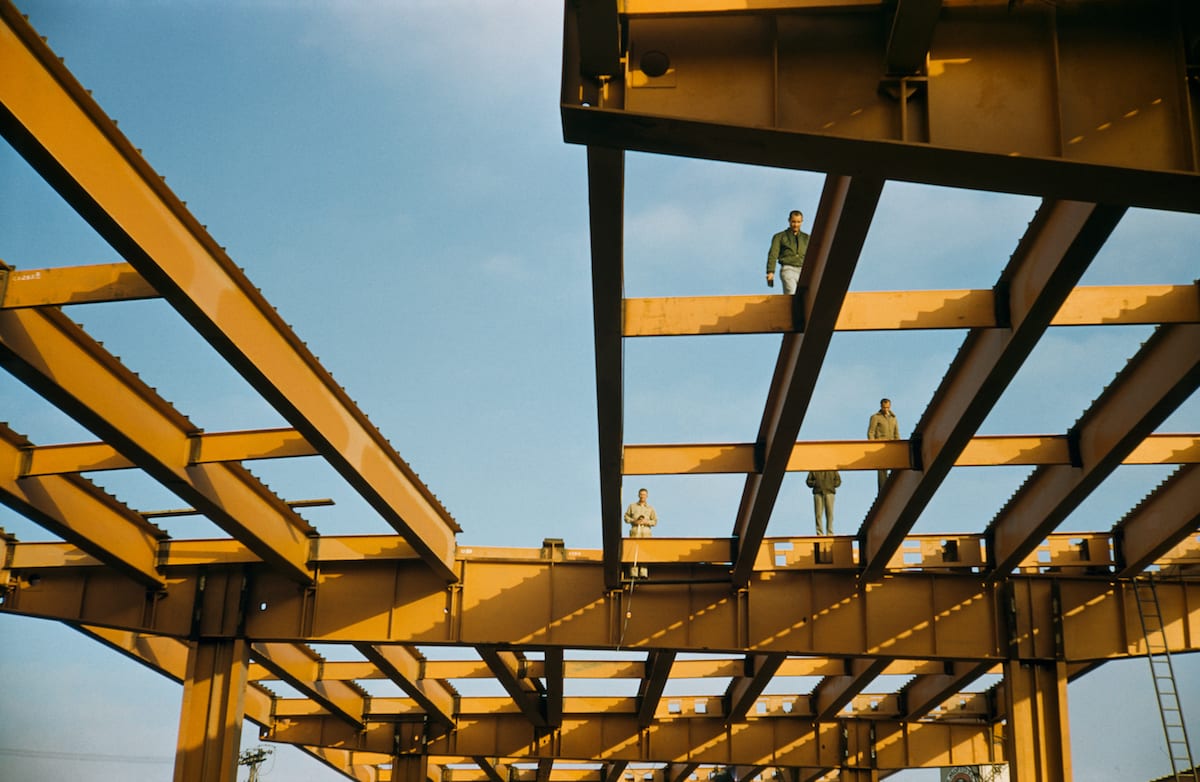
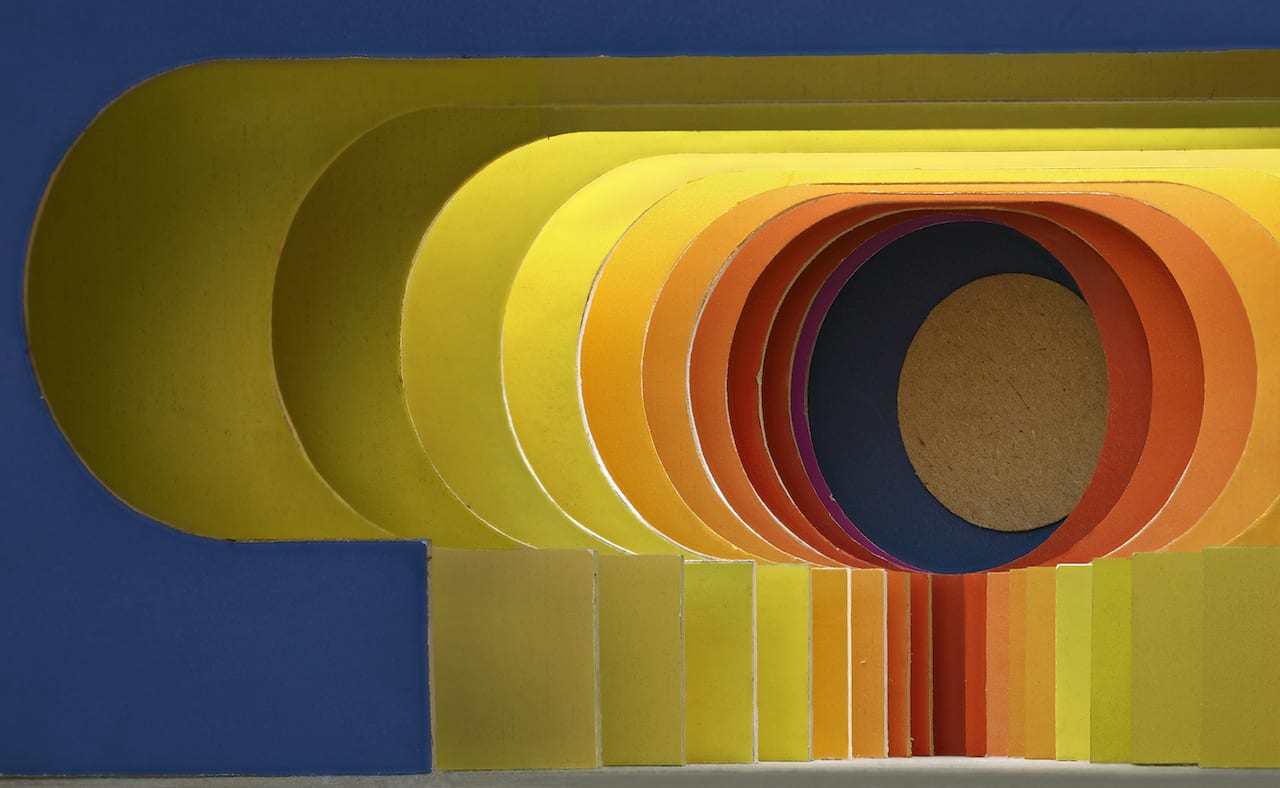
Thomas Demand is known for building and photographing three-dimensional models that are made to look like real rooms. Often loaded with political significance, his recreations include the kitchen in which Saddam Hussein cooked his last meal, the location of a failed assassination attempt on Hitler, and the interior of the Daiichi nuclear power plant in Fukushima after the 2011 earthquake forced workers to evacuate.
Recently his work has taken a new turn, and he has become more interested in other people’s models than his own. In Model Studies, Demand photographs discarded structures made by famous architects such as John Lautner.
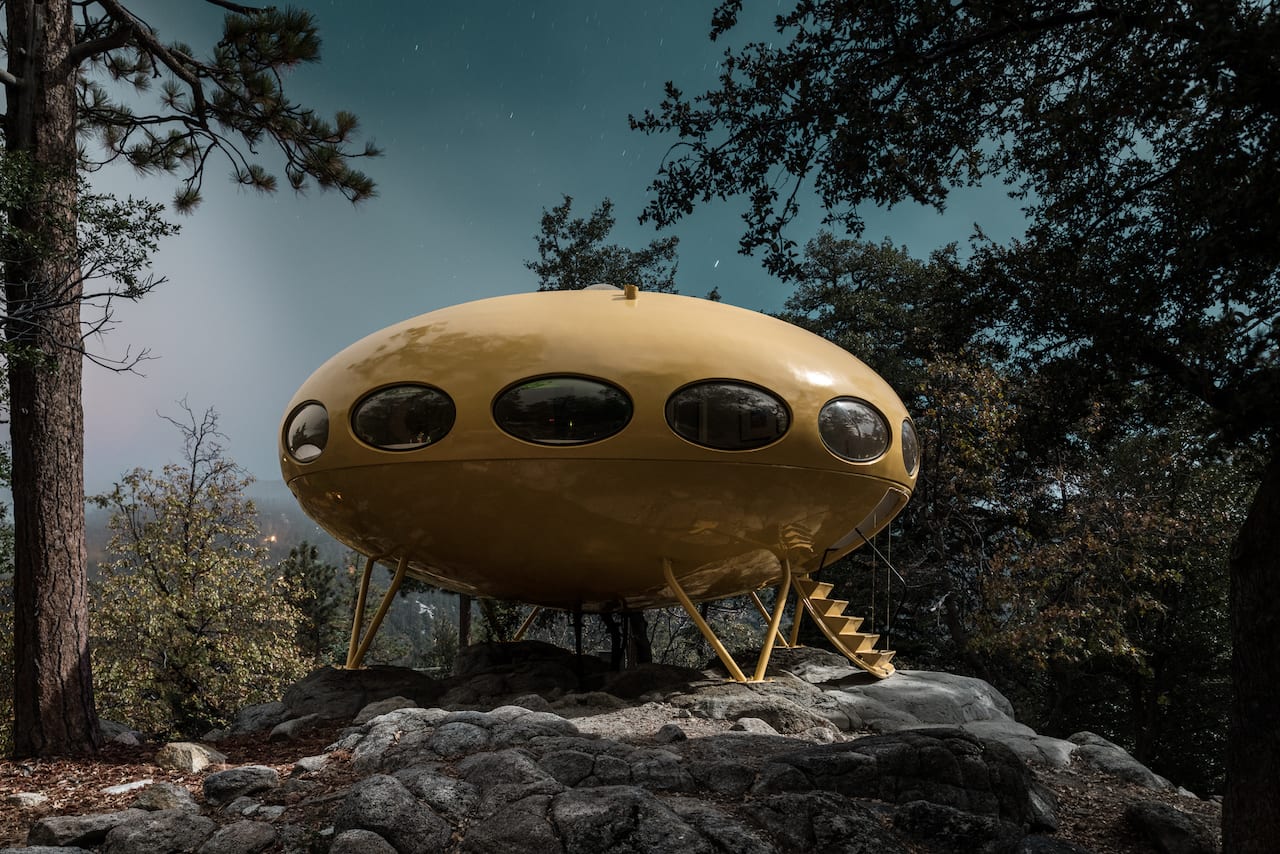
Born in Australia and now based in Melbourne, Tom Blachford first visited Palm Springs back in 2013. Struck by its pristine Modernist architecture he was keen to take photographs, but wary of repeating the many sunny images of California. Deciding to try working at night instead, he happened to venture out during a full moon, and stumbled on a new project.
He’s now been adding images to his Midnight Modern project for five years, capturing still-futuristic buildings with long exposures in the silvery, pleasingly alien light of the moon. Midnight Modern IV is his final addition to the series and sees him shooting outside Palm Springs for the first time, and also stretching the Mid-Century time-frame to include contemporary architecture such as the 2014 Black Desert House by Oller & Pejic.
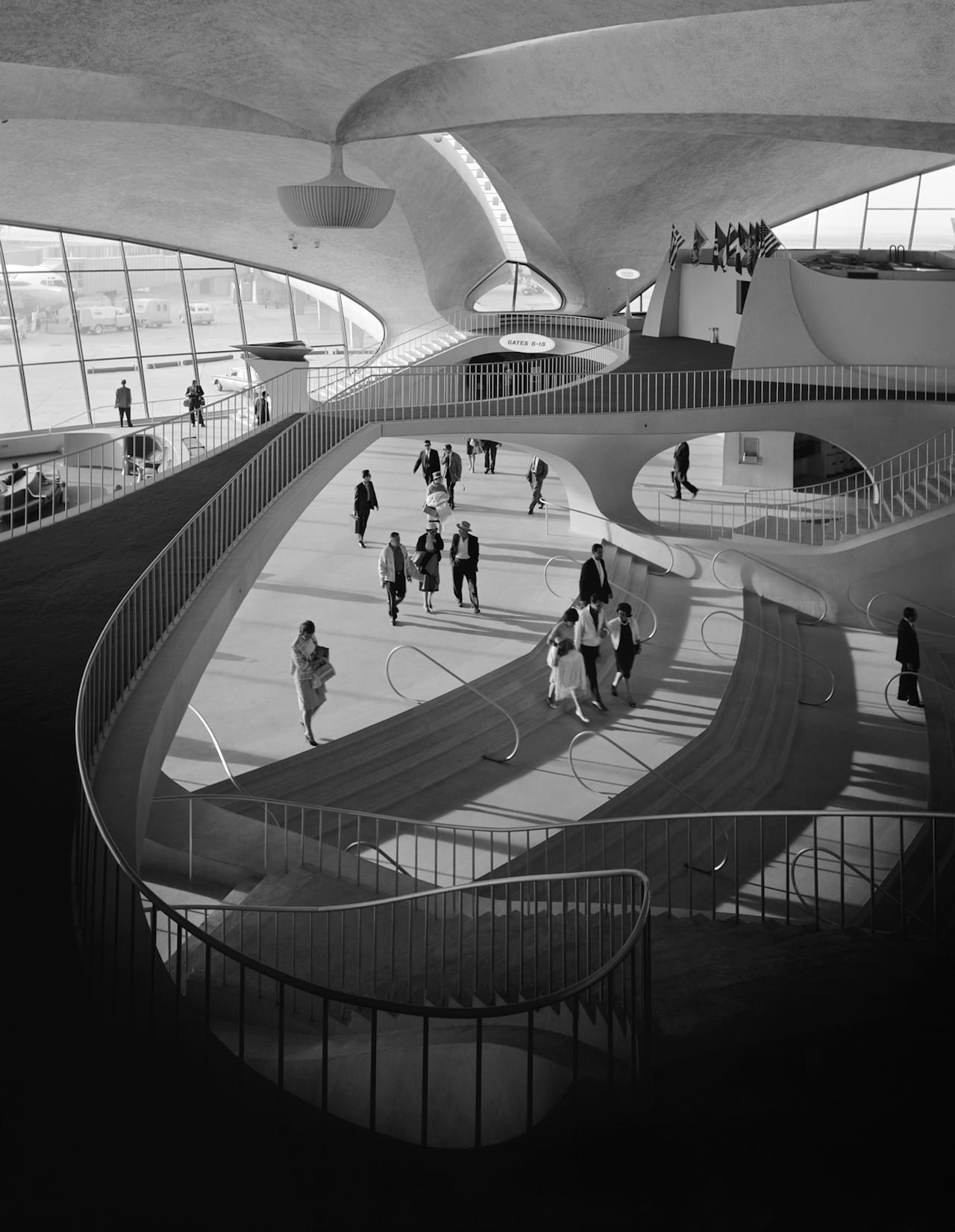
“Photography is just a medium. It’s like a typewriter,” said Ezra Stoller in an interview in 1991. “Photography as an art doesn’t interest me an awful lot.” Even so, he raised architectural photography to an art form, capturing the smooth lines of American modernism in its heyday, as well as lesser known industrial images.
Born in Chicago in 1915, Stoller grew up in New York and studied architecture at NYU, getting into photography while still a student. Launching his career in the late 1930s, he worked with Paul Strand in the Office of Emergency Management from 1940-41 and, post-war, was perfectly poised to take advantage of the American economic boom. Frank Lloyd Wright, Ludwig Mies van der Rohe, Louis Kahn, Le Corbusier, Eero Saarinen and Marcel Breuer – he shot work by them all, including iconic buildings such as The Guggenheim Museum, Kennedy International Airport, and the Fallingwater house.
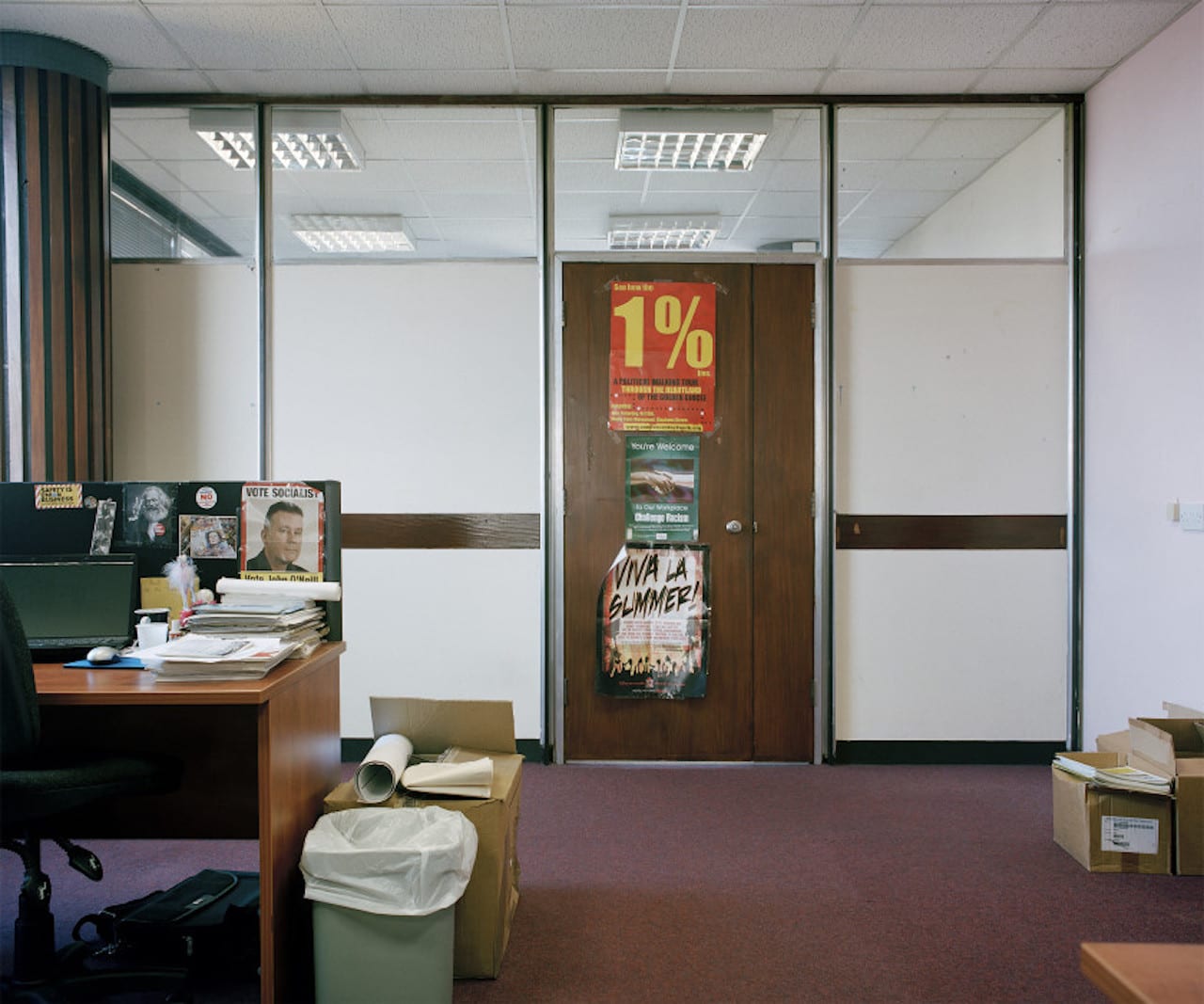
Modern working life is so frenetic, we often don’t get the chance to dwell on how it’s evolving, how secure it is, or how we’d cope if our jobs came under threat. Who are the people, or groups of people, fighting this seemingly inevitable trend? The people who see something noble and worthy of protection in work?
Noel Bowler provides a possible answer in his series Union, which is on show at Impressions Gallery from 04 July – 22 September. Taking us inside the meeting rooms and head offices of industrial unions, it introduces us to the people who try to safeguard labour rights.
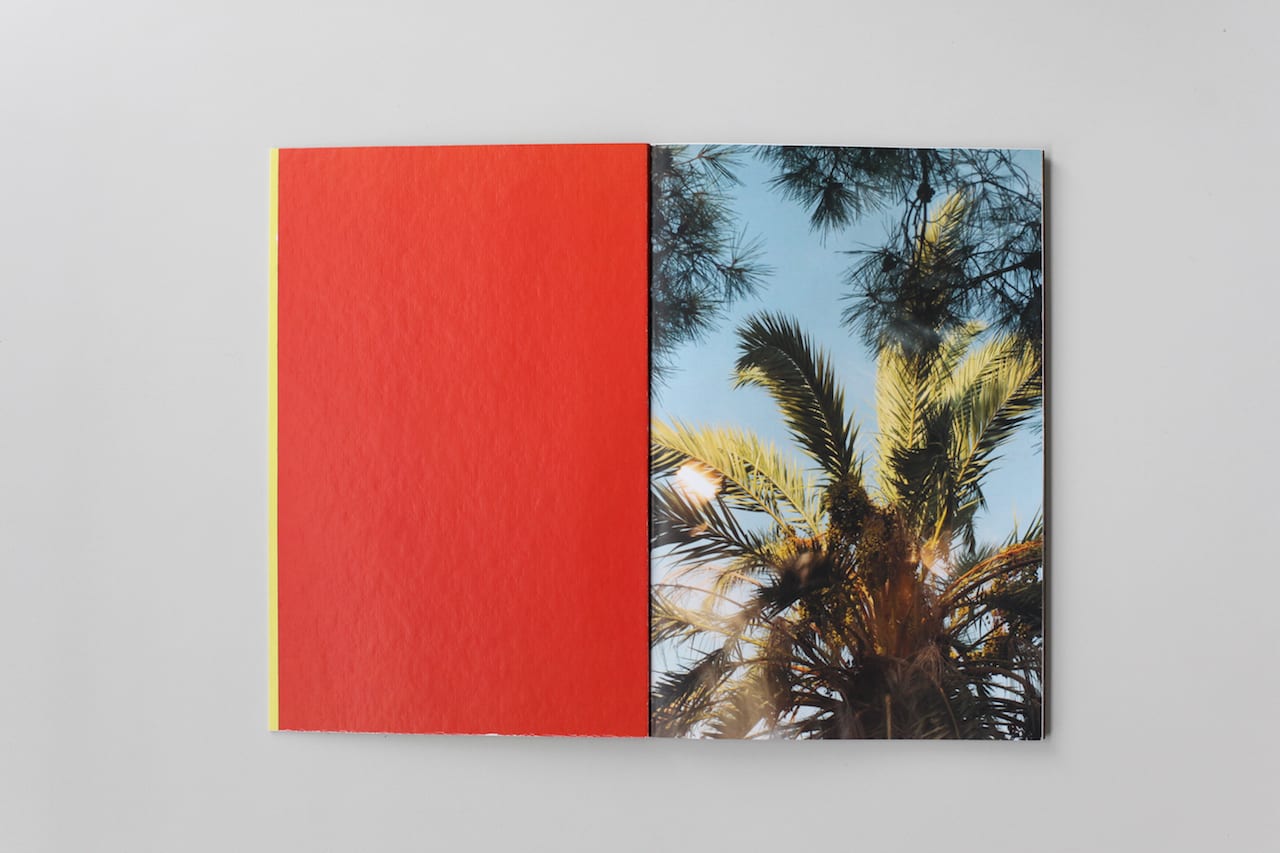
Michael Danner’s book project Migration as Avant-Garde has won the prestigious Dummy Award at the Fotobookfestival Kassel. His mock-up will now be produced and published by Kettler, Germany, the company behind Mathieu Asselin’s hit book Monsanto: A Photographic Investigation.
Born in Reutlingen, Germany in 1967, Danner studied photography at Fachhochschule Bielefeld in Germany and the University of Brighton in the UK, and lived in London from 1997 to 2000. He’s now based in Berlin, where he lectures in photography at the Berliner Technische Kunsthochschule. He has previously published three monographs and seven artist’s books.
His project “examines the new ways in which migrants are pursuing their hope for a better life”, he states, adding: “The term ‘avant-garde’ stands for progress and the way of a pioneer. Driven by the desire to give their lives meaning, and guided by their own integrity, migrants bring new perspectives and points of view to our society. The origin of his work was the reading of a 1943 text by the philosopher Hannah Arendt.”
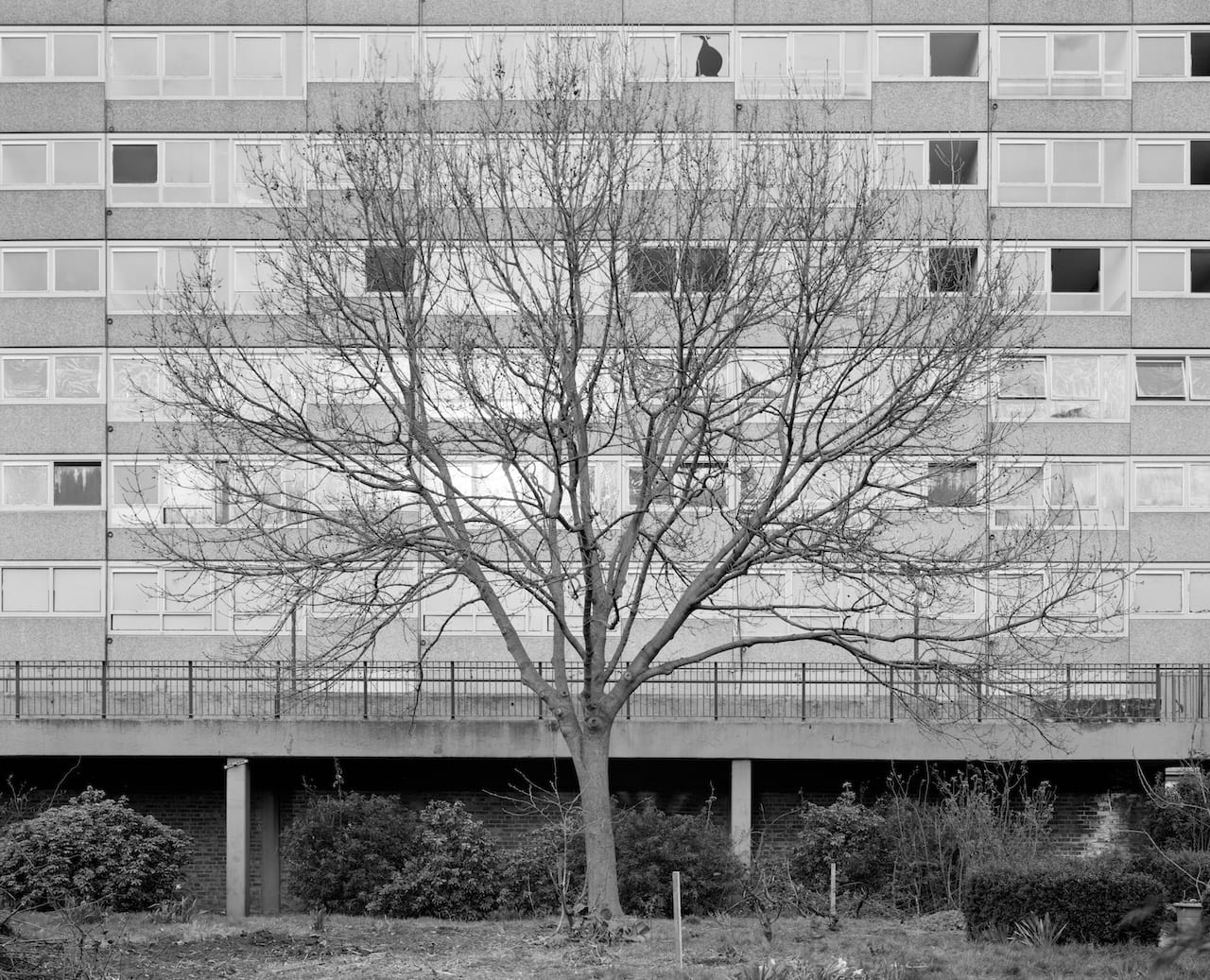
Completed in 1974, London’s Heygate Estate was once a symbol of triumph over destruction, housing some 3000 people on the site of Victorian tenements destroyed by World World Two bombing. The estate was also home to an ‘urban forest’ planted in the 1970s, which included the best part of 500 mature trees by 2011, when Matthew Benjamin Coleman started to photograph the site.
But by 2011 Southwark Council, which owned the estate, had also already moved out many of its tenants and leaseholders, starting a process which culminated in it selling the land in 2013 to the Lendlease property developer. As the estate depopulated, “guerrilla gardeners, graffiti artists, skateboarders and parkour enthusiasts, as well as photographers, film-makers, and other assorted ruin-tourists” moved in, says Coleman; he adds that, of the 406 trees on the estate in 2013, 286 were felled to make way for building work.
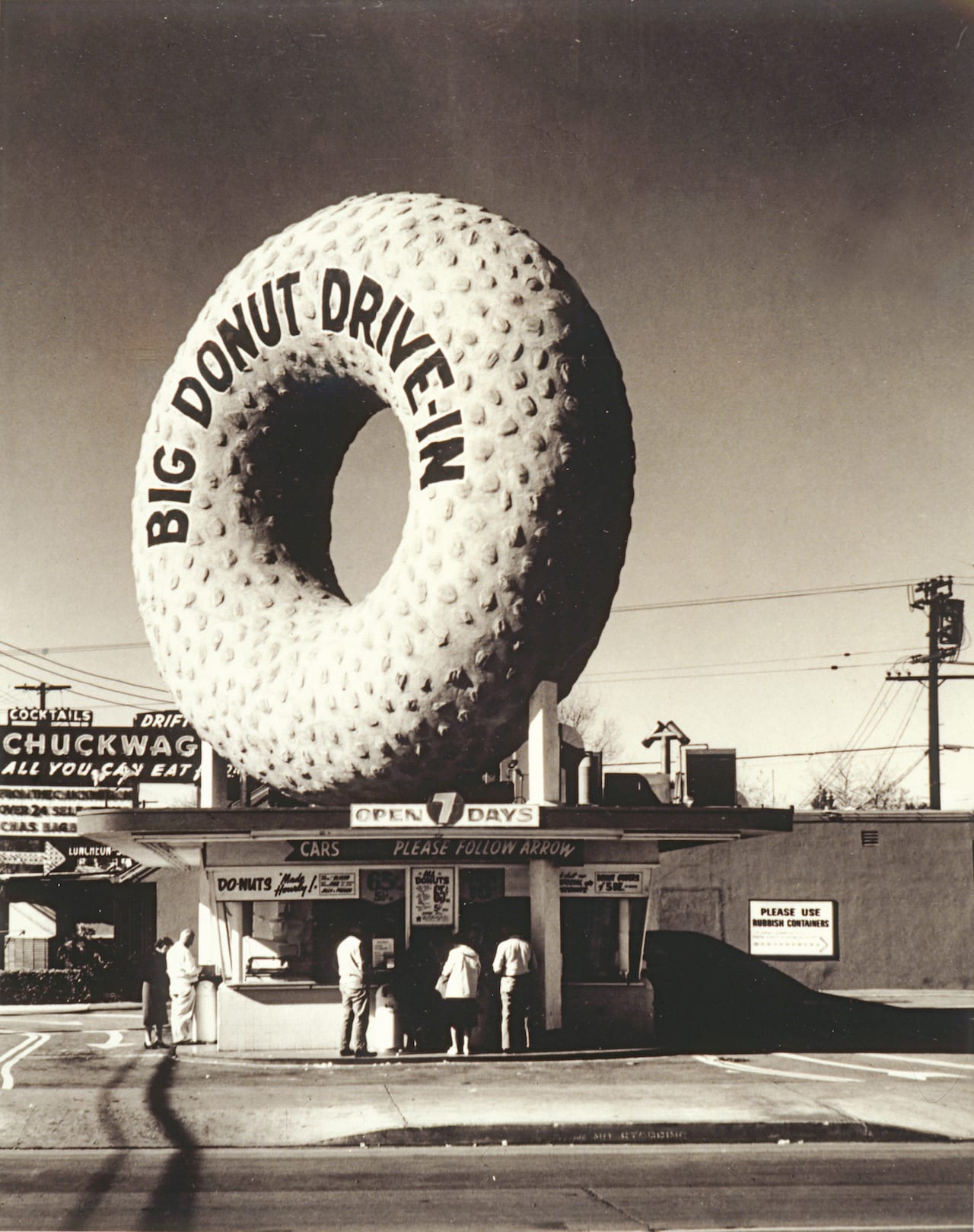
In 1920s America, at the dawn of the automobile age, diners and souvenir shops sought new, creative ways to lure drivers into their roadside establishments. The result was eccentric structures all along America’s Sunbelt, designed to be spotted from miles away. The roster includes owls, dinosaurs, coffee-pots, and even a Mexican giant standing on a roof serving nachos and beer. At the time, the architectural establishment dismissed these structures as “monstrosities”, but they flourished nevertheless, and now they’re even celebrated.